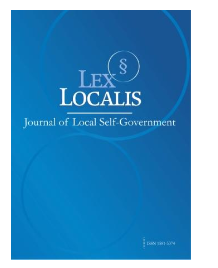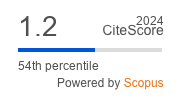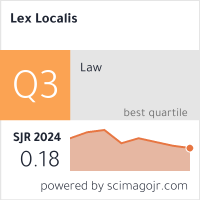BRIDGING THE POLICY-PRACTICE GAP IN HERITAGE TOURISM-LED URBAN REGENERATION: A SYSTEMATIC REVIEW OF SOCIAL EQUITY, MANAGEMENT, AND SUSTAINABLE STRATEGIES
DOI:
https://doi.org/10.52152/f44mrs48Ključne besede:
Urban regeneration; Heritage tourism; Community participation; Cultural preservation; Sustainable tourism; Urban policies; Tourism management practices.Povzetek
This paper presents a comprehensive systematic literature review on the role of heritage tourism in urban regeneration, focusing on how it can drive socio-economic growth while promoting heritage tourism towards sustainable urban regeneration. Using a selection process that follows PRISMA guidelines, 39 peer-reviewed articles from the Scopus database, applying a comprehensive search query, the review identifies five key themes: urban policies and community participation, effective management practices, mechanisms of urban regeneration, socio-economic impacts of environmental improvements, and tourists' willingness to pay for heritage conservation. The findings highlight the critical role of inclusive policies, community involvement, and sustainable management in ensuring that heritage tourism promotes equitable and long-term urban revitalization. Despite the benefits of tourism-driven regeneration, challenges such as gentrification, cultural commodification, and the marginalization of local communities persist. Additionally, while environmental improvements and tourists’ willingness to pay offer economic opportunities, a lack of integrated policy frameworks limits their potential. This study provides actionable insights for policymakers, urban planners, and tourism managers to create more equitable, sustainable strategies for heritage tourism-led urban regeneration, while also addressing gaps in existing research.
Prenosi
Objavljeno
Številka
Rubrika
Licenca
Avtorske pravice (c) 2025 Lex localis - Journal of Local Self-Government

To delo je licencirano pod Creative Commons Priznanje avtorstva-Nekomercialno-Brez predelav 4.0 mednarodno licenco.








